How to Create a Sustainable Kitchen
What is a sustainable kitchen and how do you create one?
The key elements to consider when looking to create a sustainable kitchen renovation are:
- the sustainability of the products and materials that you are planning to use in your new kitchen,
- the indoor environment that you will create in the new kitchen – this refers to the indoor air quality, and
- water and energy efficiency of fixtures and fittings that you are planning to install in your new kitchen.
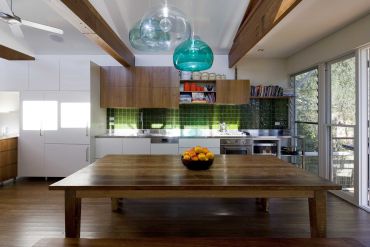
1. Sustainability of products and materials
This is an assessment over a broad range of areas about the product/material that you are planning to use that takes into account environmental, social and economic benefits while protecting public health and environment over their whole life cycle, from the extraction of raw materials until the final disposal.
And you’re also assessing the carbon impact in this respect. Not only are you considering the embodied energy (ie. How much energy is consumed in its production/manufacture and getting it to the market/consumer) of the product/material but also the energy when you actually use the product. So, for instance, you’re also considering the energy efficiency of an appliance/fixture, which we will talk about in Point 3.
You can actually reduce the resources used in your new kitchen by taking the overall decision to build smaller and be more efficient with the space. This means that you don’t design a kitchen that’s bigger than you need it to be and the bonus is that it will save you money too!
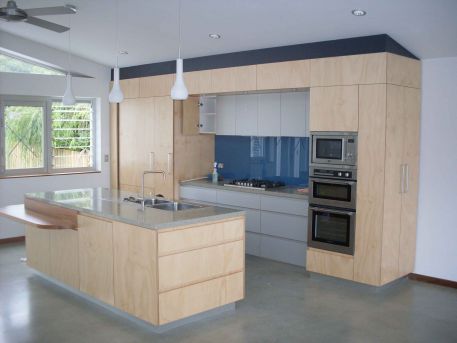
Incorporate efficient design so that your new kitchen will function as intended. This means incorporating drawers rather than cupboards below bench-top height as they are more efficient for space and utilising specialist storage units to suit your design to get the most out of the space. eg. special corner units for accessing items in hard to reach spaces. And don’t forget the importance of designing in efficient containers for compost, recycling and waste.
Consider whether you can you re-use some of your old kitchen. Maybe one or more of your appliances are only a few years old and could well be serviceable for a number of years more, or your existing cabinets are well configured but just need to be refreshed by swapping over the doors/drawer fronts, or an existing timber bench-top could be re-finished and re-used in your new sustainable kitchen. This will not only save on the resources for your new kitchen but will also save you money.
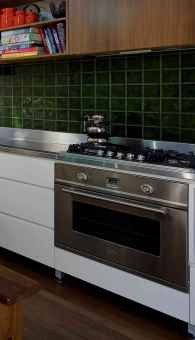
So a sustainable kitchen is not about getting a quick budget makeover for your kitchen to look ‘new’, you are actually investing in something that will give you a longer life. If you design and build it sustainably, the kitchen will be like ‘new’ for longer as it was designed well and built to last.
2. Indoor air quality – make it healthy
Remember that when renovating your kitchen you may be introducing some potentially chemicals/substances into the home with the new products and materials you are selecting for the new kitchen. So it is important to consider that there are safer and healthier choices available to you across a range of products and materials.
Board products that are used in the construction of your kitchen cabinets are a key component of your new kitchen. Some of these contain higher levels of formaldehyde (a known carcinogen according to WHO) whereas there are board products readily available with much lower level of VOC’s. For example, Laminex E0 board products and Laminex Super Low E0 plywood.
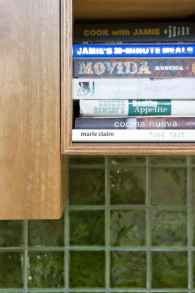

Another potential contributor to poor indoor air quality are paints and finishes as they can emitVOCsin levels that are not healthy for the home’s occupants. The alternative option is to choose a low or zero VOC paint or finish which is very easy as these are much more accessible than even 5 years ago.
And don’t under-estimate the positive health benefits of having a brighter and better-ventilated space. You can achieve this by ensuring you have optimal placement of windows for natural daylight which will also allow good ventilation.
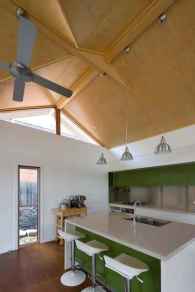
3. Water and energy efficiency
Look at choosing appliances and tapware that have the highest energy performance (star ratings) and water performance (WELS star ratings) as this will ensure that you are using energy and water more wisely.
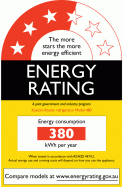

For example;
Dishwashers are rated on both energy performance and water performance so choose one that has at least 4 stars for energy and WELS ratings.
When looking at refrigerators choose one that has at least a 3 star energy ratings, whilst for tapware consider choosing one with 5 or 6 star WELS rating.
Don't forget to consider energy efficient lighting options in the kitchen too, Have a look at LEDs, which are very energy efficient, and have become much more affordable in the last few years with their colour rendering now much better than the compact fluorescent options available.
